How It's Done: PE and Tech, Winning Teammates
One school shows that phys ed and technology don’t have to compete for student’s attention; they are shooting for the same goal.
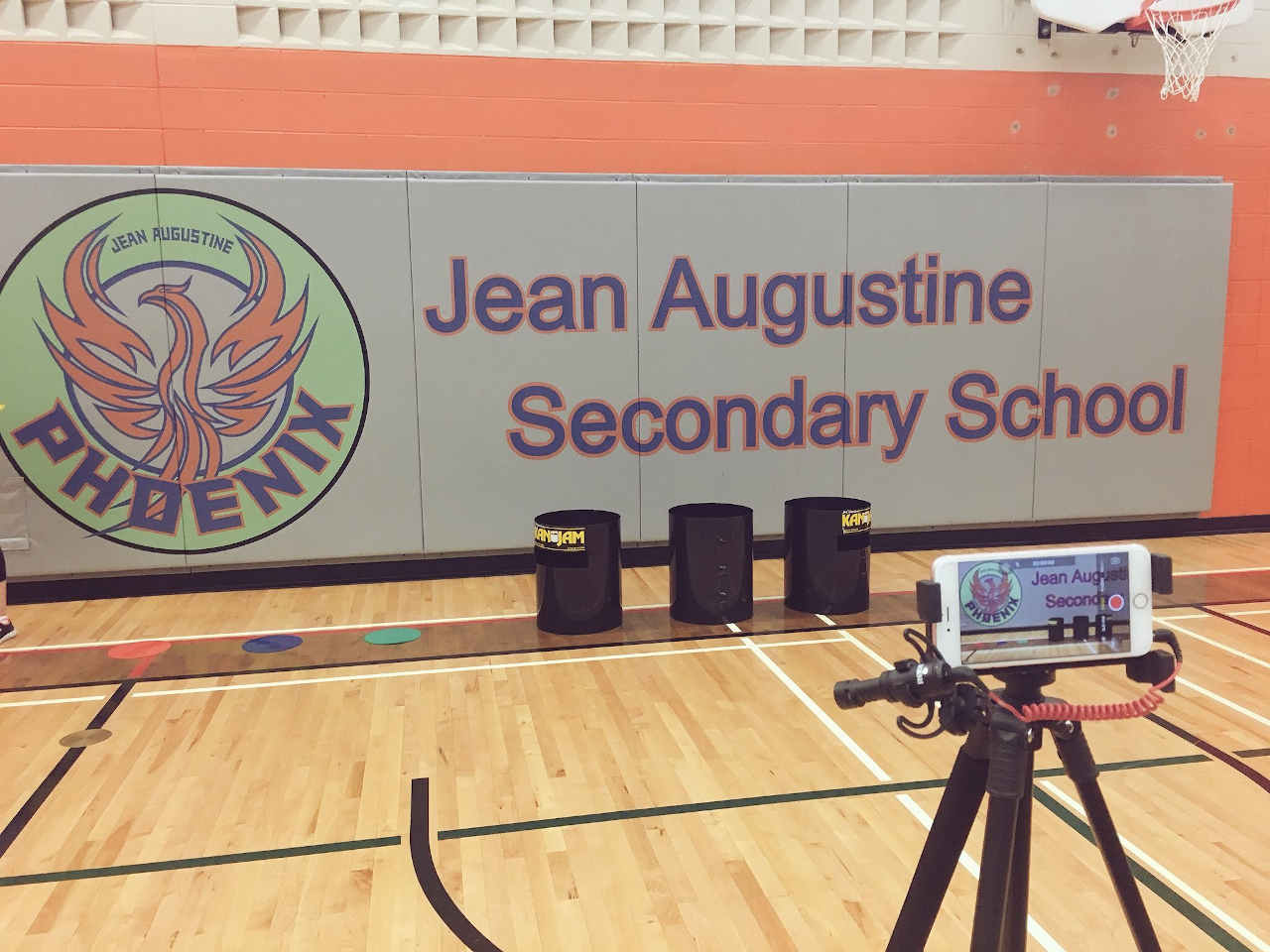
Who: Jean Augustine Secondary School Kinesthetic Learning Department—
Tyler Robinson (Department Head, @JASSphoenix)
Lindsay Smockum (@MsSmockum)
Stacy Burnett (@burnett_stacy)
Tom Leca (@CoachLeca)
Victor Kass (@CoachKass)
Where: Peel School District School at Brampton, ONT, Canada
Tools and ideas to transform education. Sign up below.
What: Using Tech Tools to Enhance PE
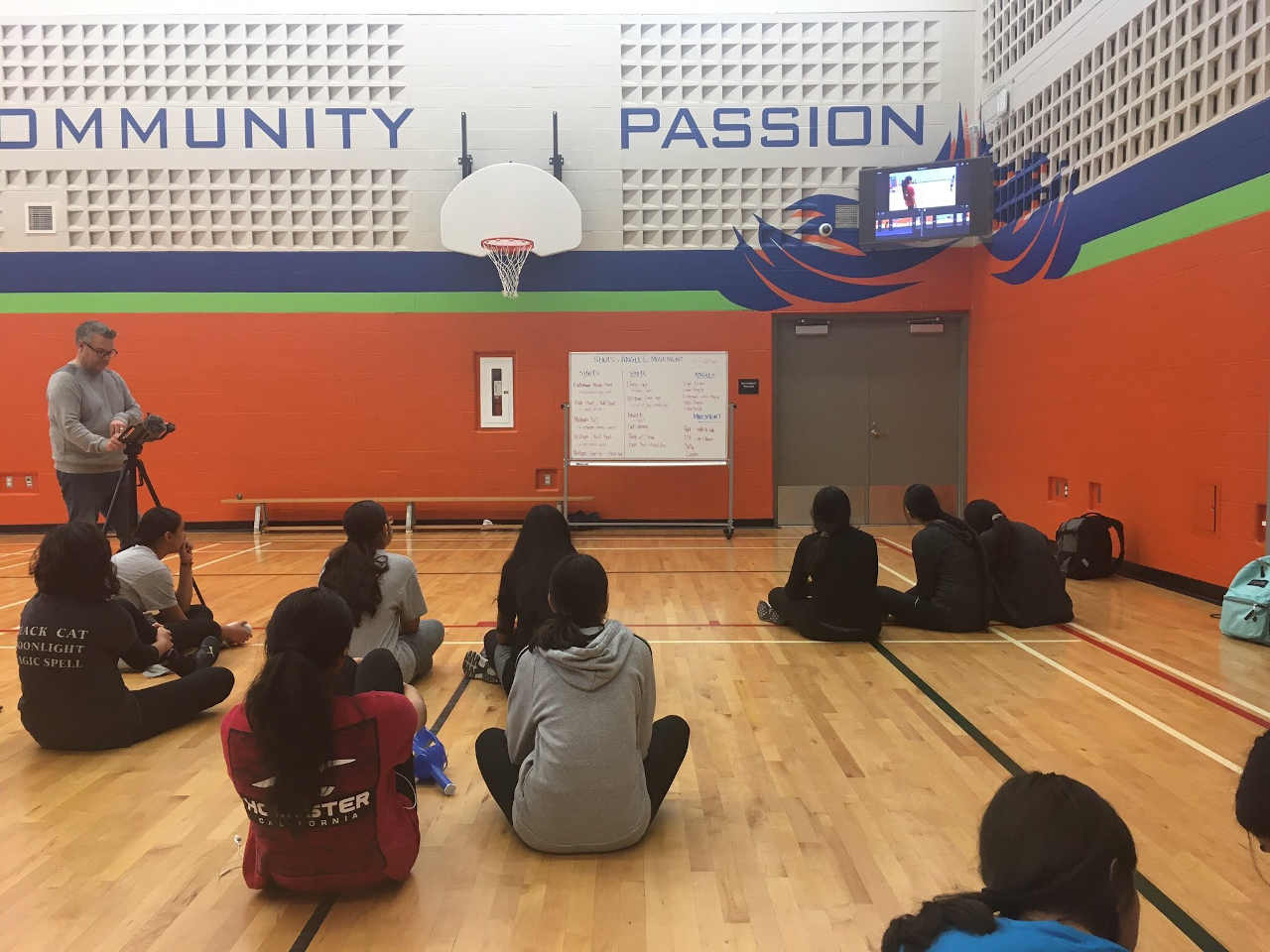
To be honest, there was a time when I would not allow “screens” in the gym whatsoever. I embrace meeting students where they are at to engage them, but I had concerns about students being distracted instead of physically active. When I joined Twitter I began to see how tech could be harnessed to augment a PE program. I was able to observe tons of best practices from other PE teachers and share ideas with them. Tech was a key part of students’ lives and therefore was an integral part of their learning in school. A tech tool should only be used if it provides a more effective means to improve student learning, not just for the sake of swapping an old technology for a new one. In the end, tech became a regular part of my daily practice as a teacher and continues to be important to this day. — Victor Kass
Every cohort, every class is different. However, scaffolding it right from grade nine allows them to build the skills they need for the rest of the courses in our department. For example, they learn how to use iMovie during the creation of their Target Games videos in grade nine and then that skill is continued in Grade 10 Fitness, Grade 11 Net/Wall & Invasion/Territory focus courses, etc. Therefore, it is the students’ expectations that this is just part of the course when they enroll. Most kids have devices, but the department having iPads to fill the gaps (especially with iMovie) definitely helps create buy-in because there are no excuses. Assessments predicated on 21st century learning means that buy-in is essential for success. — Tyler Robinson
Positive Results
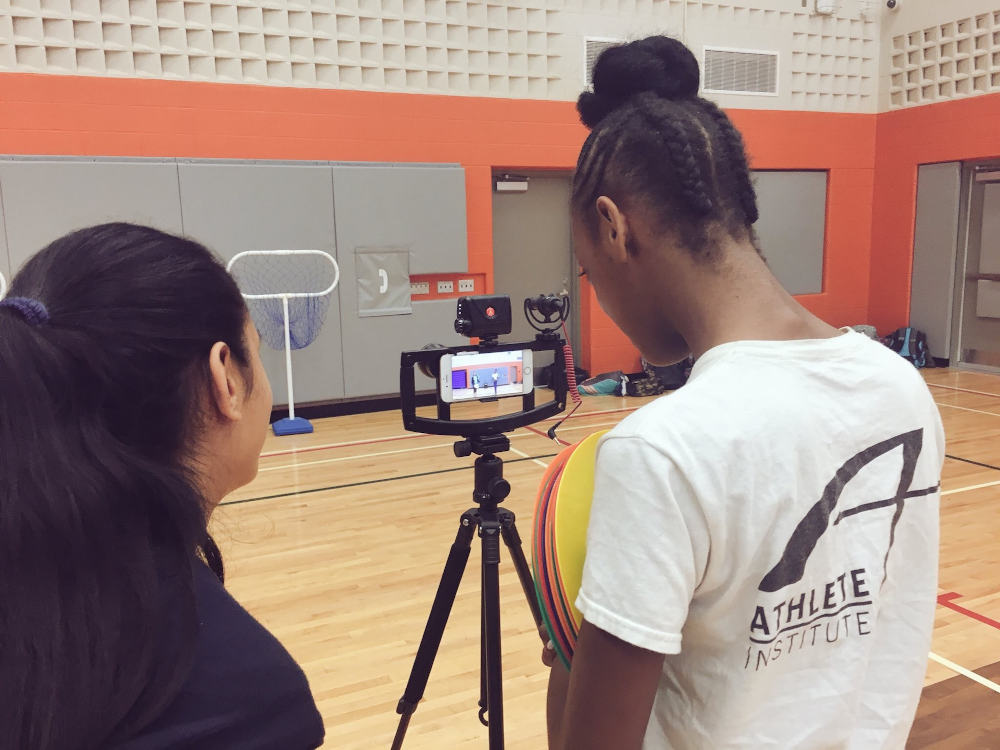
Our students are now able to obtain valuable, objective feedback about their personal fitness and movement competence. (We are also able to create an equitable platform to evaluate student learning.) With the use of video feedback, students can self-assess their performance during game play and analyze their strategies and tactics. They can demonstrate their learning regardless of athletic ability. Improved participation has followed, as students are focused on explaining/critiquing their decisions and choices during game play rather than comparing their athleticism with other students. Because of this newly leveled playing field, collaboration improved and enable all students to have a voice. Perhaps most importantly, tracking fitness test data allows students to adjust goals and see improvement no matter their original fitness level— a strong starting point to becoming healthy adults leading active lifestyles. — Lindsay Smockum
The Biggest Challenge
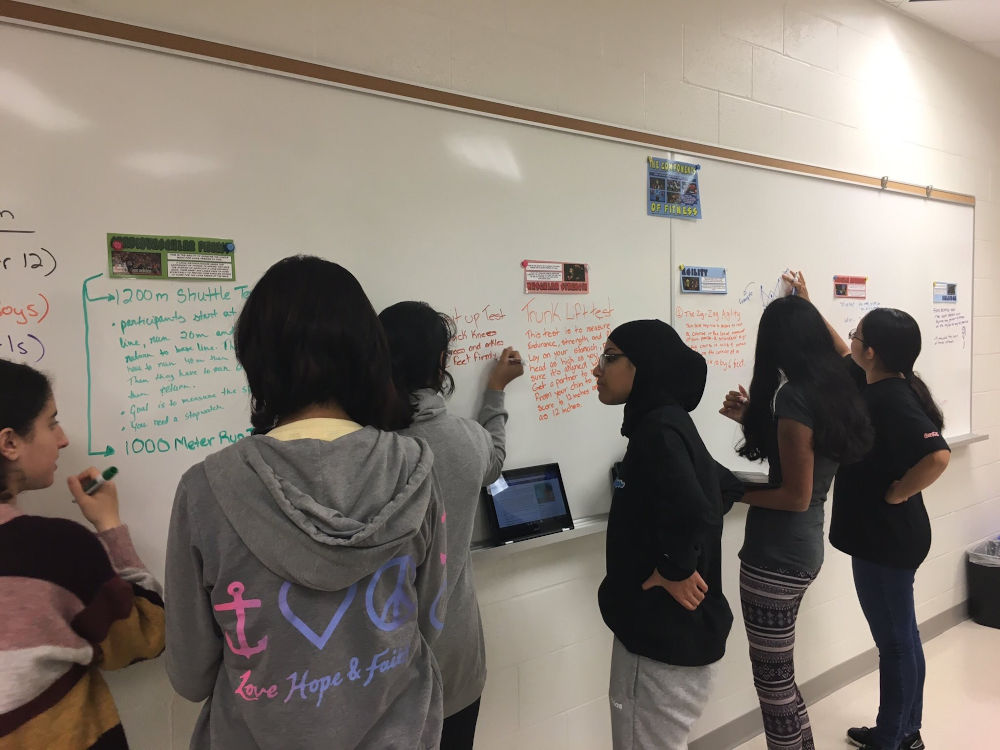
In our journey to engage modern learners some obstacles we've seen include: students who do not have access to devices, learning which angles are best to film, logging in/out of GAFE Ed Tool apps daily, learning to navigate the online platforms, wifi/privacy connectivity, the learning curve associated with new tech tools- vs - the timeline of use, and the correlation between student use of social media platforms and engaging with the curriculum in an effective way. We are pretty lucky to have the support to order and have access to equipment like pedometers, Chromebook carts, tripods and about 18 HPE Department iPads for our classes to use daily; for some of the students who may not have devices. We have also learned that long term if you guide, monitor and empower the students they will act responsibly- even with social media. Leadership roles help with the 'responsibility' of tracking, posting, filming, collaborating, and editing data to be used/shared. Students’ "tech IQ" is sometimes even higher than the teachers, letting them navigate the tech with relative ease. — Victor Kass
Finding Funding
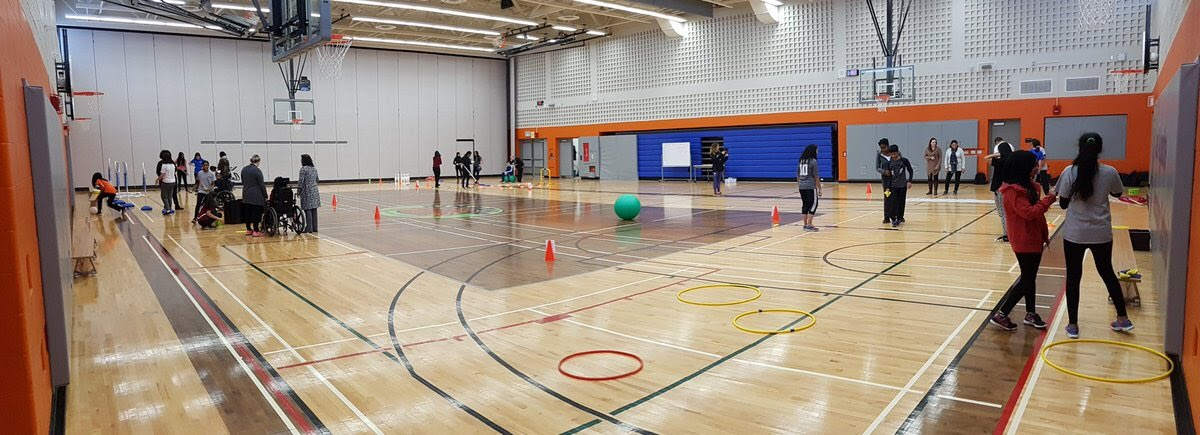
At the beginning, I used my own personal devices (iPhone and iPad) to complete simple tasks, such as attendance or take video to show students. It did not take long for my school board, which is known to be very progressive pedagogically, to begin funding for wifi and tech devices, as well as provide access to cloud based learning tools such as Google Apps for Education. Students were also encouraged to “bring their own device” or BYOD. Our principal recognized the importance of this shift in educational pedagogy and she was happy to purchase iPads for the Physical Education Department teachers. Over the years, we continued to add class sets of iPads, chromebooks, and Fitbits, a TV screen hooked up to an Apple TV for airplay, and wireless speakers. The key in all of this was whole school wifi. Without that, the use of these forms of tech would have been very limited. — Victor Kass
Pro Tips
My advice for any educator attempting to incorporate technology into their program is to not be afraid to dive right in! Tech is an invaluable feedback tool, which also fosters an equitable platform for tracking and evaluating student learning. I also suggest using apps and feedback tools that students can access on their own personal devices, such as Google apps. — Lindsay Smockum
Tech Tools
- Technique
- Delayed Camera
- iMovie
- Snapchat (for stories/gifs, but also content)
- Youtube playlists
- Google Classroom/GAFE Tools
- Remind
- Wireless Speakers
- Coach's Eye
- Sports Stats
- O’See Video Delay
- iPhone
- iPads
- Team Shake
- FitRadio
- Spotify
- Skitch
- Fixture Maker
- BaM Video Delay
- Seconds
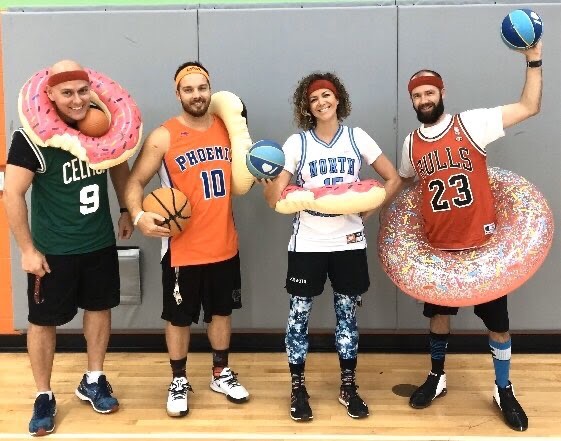
Sascha has nearly two decades of experience as a freelance journalist writing for national magazines, including The Washington Post, LA Times, Christian Science Monitor, National Geographic Traveler, and others. She writes about education, travel and culinary topics.

